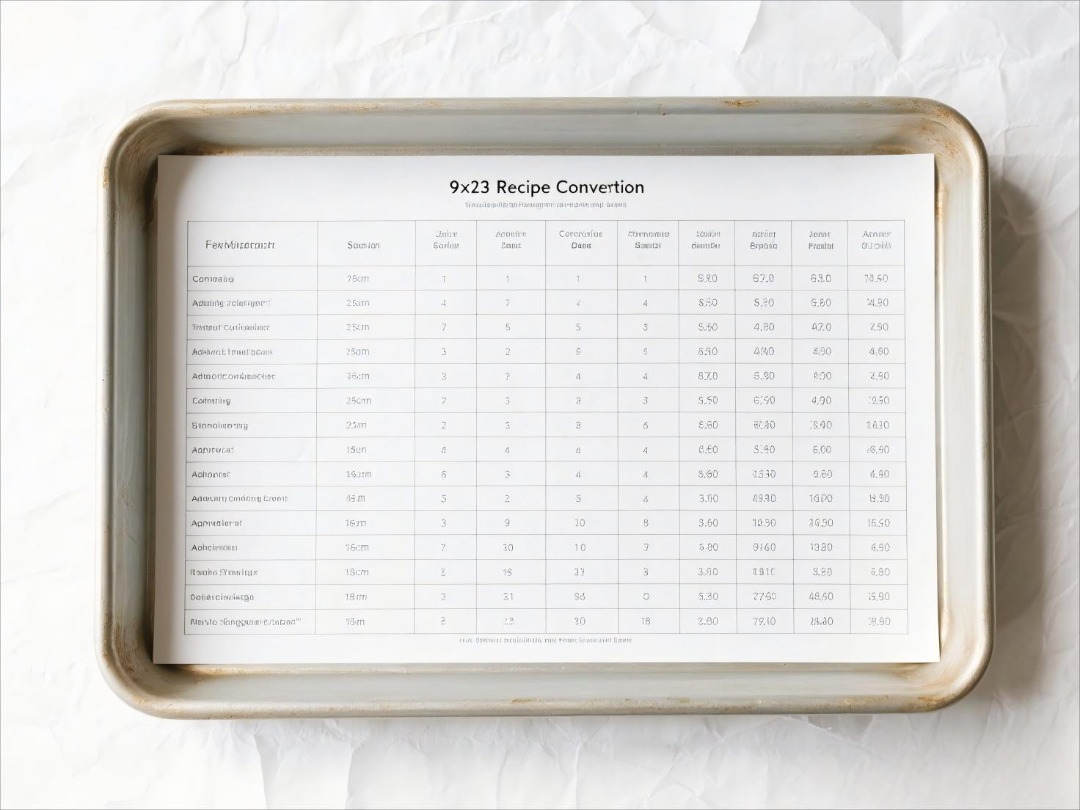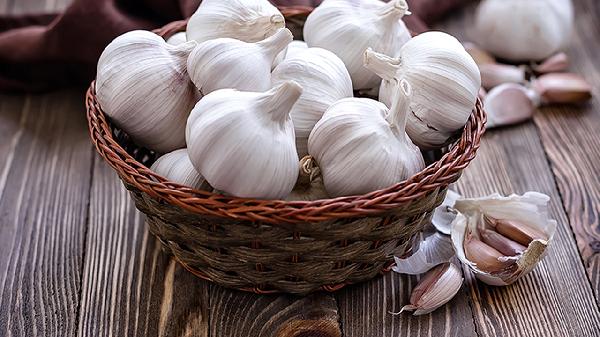Emotional eating is when you use food as a coping mechanism instead of fuel. It’s not about hunger—it’s about filling an emotional void or numbing stress, boredom, sadness, or even happiness. And while it might feel like a quick fix, it’s a slippery slope that can mess with your health, energy, and even your self-esteem.

How to Break the Cycle (The Real Game-Changer)
Ready to kick emotional eating to the curb? Here’s your step-by-step action plan:
Identify Your Triggers
Pay attention to when and why you’re reaching for snacks. Is it after a rough meeting? When you’re scrolling social media? Once you spot the patterns, you can start tackling the root cause instead of burying it in food.Find Non-Food Coping Mechanisms
Swap the chips for a healthier way to deal with emotions. Try journaling, going for a walk, calling a friend, or even doing a quick mindfulness exercise. Bonus: these actually help you process your feelings instead of avoiding them.Rethink Your Environment
Out of sight, out of mind. If you’re prone to stress-eating cookies, don’t keep them in the house. Stock up on healthier snacks like nuts, fruit, or veggies. And hey, if you’re craving something indulgent, go for it—just make it a conscious choice, not a default reaction.Practice Mindful Eating
Slow down and actually savor your food. Ask yourself: Am I actually hungry, or am I just eating because I’m bored/stressed/insert-emotion-here? Mindful eating helps you reconnect with your body’s hunger cues and keeps emotional eating in check.Give Yourself Grace
Breaking habits takes time. If you slip up? No biggie. It’s not about perfection—it’s about progress. Celebrate the small wins, like choosing a walk over a snack or stopping after one cookie instead of half the box.
Emotional eating is totally normal, but it doesn’t have to control your life. By understanding your triggers and finding healthier ways to cope, you can take charge of your habits and build a healthier relationship with food.
























